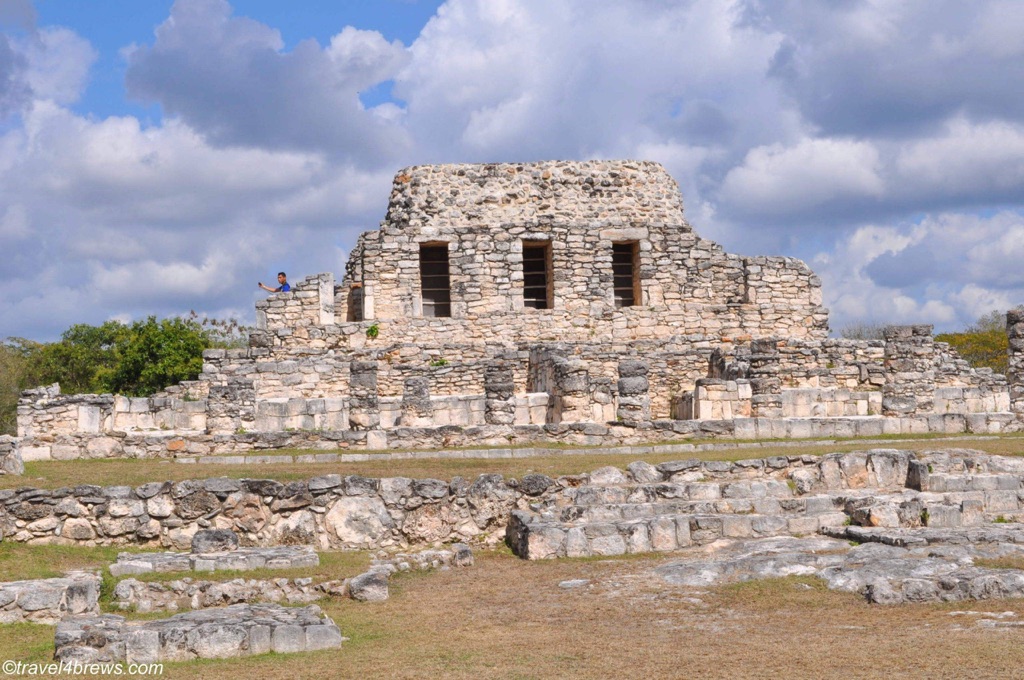Mayapan, often referred to as the “Flag of the Mayas,” is an ancient city located in the Yucatan Peninsula of Mexico. This historical site, once the political and cultural capital of the Maya civilization, is a treasure trove of architectural marvels and ancient artifacts that offer a glimpse into the rich history and culture of the Mayas.
Get your dose of History via Email
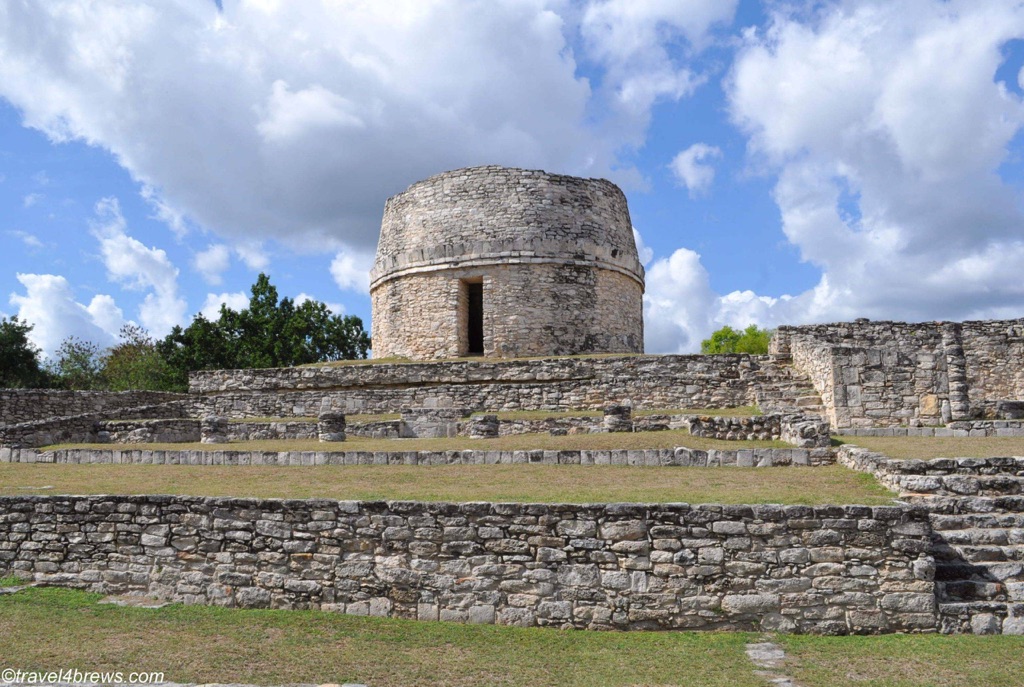
Historical Background
Mayapan was the last great capital of the Maya civilization, flourishing from the 13th to the 15th century AD. It was the political and cultural center of the Yucatan Peninsula, housing an estimated population of 15,000 to 20,000 people within its walls. The city was abandoned around 1450, under circumstances that remain a mystery to this day. The ruins of Mayapan were rediscovered in the 19th century, and have since been the subject of extensive archaeological research.
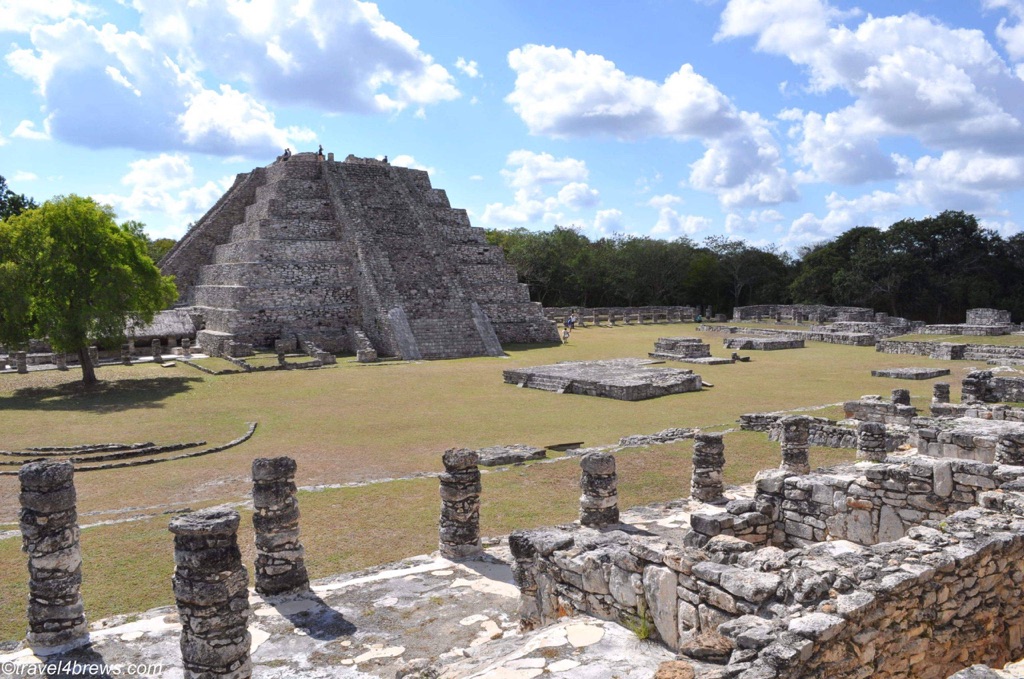
Architectural Highlights
The city of Mayapan spans an area of approximately 4 square kilometers, enclosed by a stone wall. The site includes over 4000 structures, most notably the Temple of Kukulcan, a smaller version of the famous pyramid at Chichen Itza. This pyramid, standing at 15 meters high, is a testament to the advanced architectural skills of the Mayas. The city also features an observatory, a ball court, and numerous residential buildings, all constructed using local limestone. The buildings were typically plastered and painted, often with elaborate frescoes depicting scenes from Maya mythology and daily life.
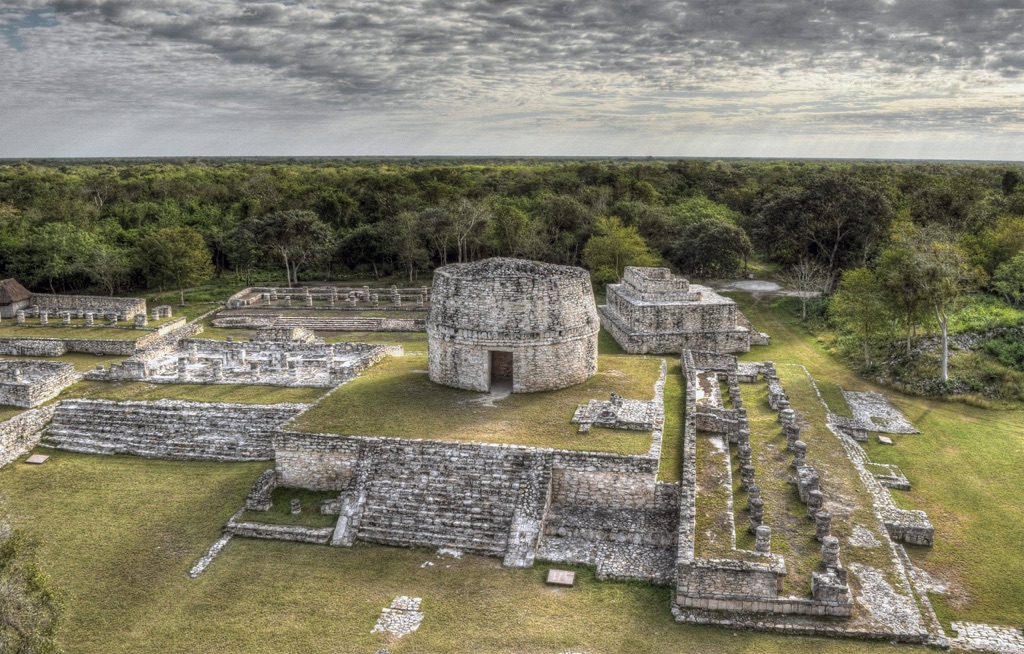
Theories and Interpretations
Mayapan’s abandonment has been a subject of much debate among historians and archaeologists. Some theories suggest internal conflict and social unrest, while others point to a possible invasion or epidemic. Archaeological evidence, including signs of fire damage and hastily abandoned buildings, support these theories. The city’s architecture and artifacts also provide insights into the religious and cultural practices of the Mayas. The Temple of Kukulcan, for instance, is believed to have been a significant religious site, possibly used for rituals and ceremonies. The city’s observatory suggests a sophisticated understanding of astronomy, which the Mayas used for agricultural planning and religious purposes.
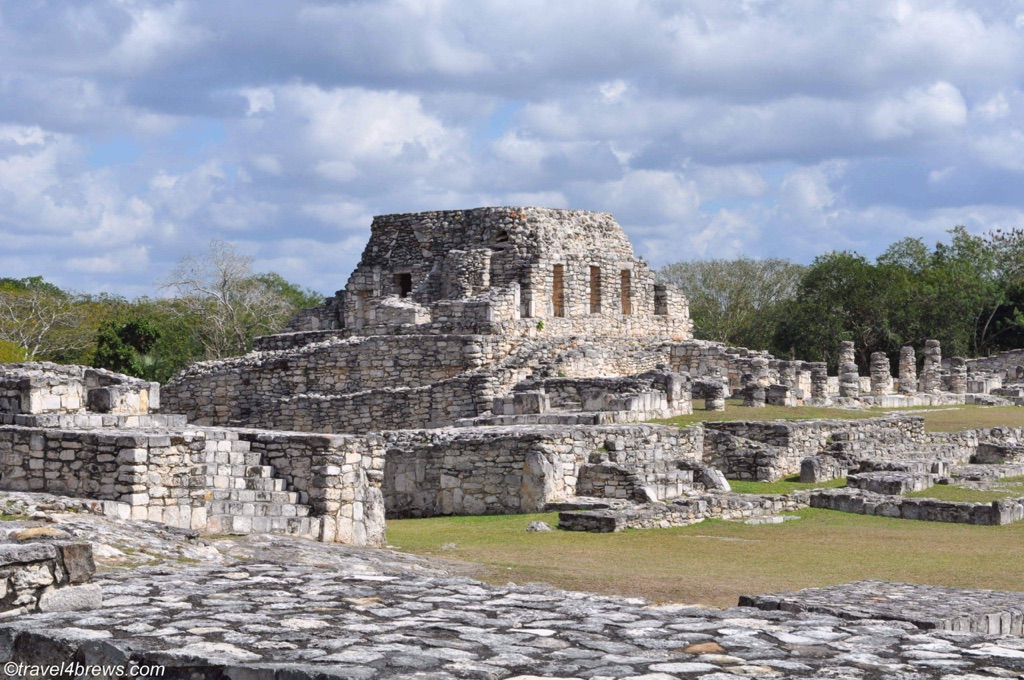
Good to know/Additional Information
Mayapan is less frequented by tourists compared to other Maya sites, making it a peaceful and immersive destination for history enthusiasts. The site is also notable for its stelae – stone monuments with carved inscriptions and images. These stelae provide valuable information about the city’s history and the lives of its inhabitants. Despite its abandonment, Mayapan continues to influence contemporary Maya communities, who often refer to the site in their oral histories and cultural narratives.
